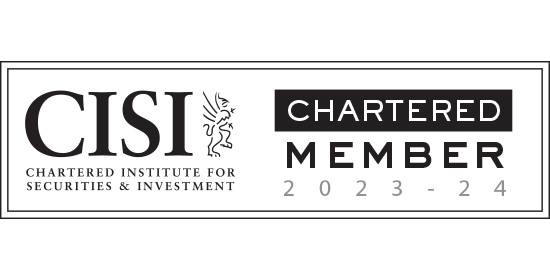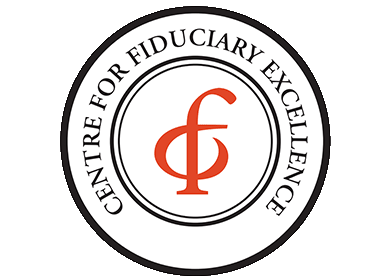When it comes to estate planning, one of the most common concerns for individuals and families is inheritance tax (IHT). Effective planning can help ensure that wealth is passed on efficiently to the next generation while maintaining financial security during retirement.
One of the most useful approaches to structuring assets for IHT planning is the Green, Yellow, Red framework. This simple yet powerful method categorizes wealth into three distinct tranches based on necessity and intent, allowing for clearer decision-making when implementing tax-efficient strategies.
Understanding the Green, Yellow, and Red Framework
The Green, Yellow, Red framework is a structured way to analyze your assets and determine which portion can be strategically earmarked for inheritance tax planning.

Green Money: Essential Wealth for Lifetime Needs
Green money represents the funds required to maintain a comfortable lifestyle for the rest of your life. This category includes:
- Everyday living expenses – ensuring a stable standard of living
- Housing costs – mortgage payments (if applicable) or upkeep of the home
- Health and insurance costs – ongoing medical expenses and insurance premiums
- Basic leisure and travel – sustaining the lifestyle you enjoy without excess risk
Because this tranche of money is vital for your lifetime needs, it should remain highly accessible and relatively low-risk in investment terms. IHT planning should not compromise financial security, so these assets are usually not considered for immediate gifting or trust planning.
Yellow Money: Contingency and Future Needs
Yellow money accounts for funds that you may not require but would like to retain as a financial safety net. This could be used for:
- Long-term care costs – in case of later-life medical or assisted living needs
- Future financial shocks – unforeseen events such as economic downturns or family emergencies
- Additional lifestyle costs – such as extensive travel or property maintenance in later years
Since this category represents assets that may or may not be used, planning strategies here involve a degree of flexibility. Solutions like discounted gift trusts or loan trusts can provide access if needed while mitigating the impact of IHT over time.
Red Money: Surplus Wealth for Legacy Planning
Red money is the capital that is almost certainly not needed during your lifetime. This is the wealth earmarked for the next generation or charitable giving.
Since these assets are not required for personal use, they present the greatest opportunity for proactive IHT mitigation strategies. Some of the most effective options for these funds could include:
- Gifting strategies – making use of annual IHT-free allowances or larger Potentially Exempt Transfers (PETs)
- Trust structures – such as Discretionary Trusts or Bare Trusts to retain control while reducing tax exposure
- Business Relief investments – investing in qualifying businesses to benefit from up to 100% IHT relief
- Charitable Donations – bequeathing assets to charities, which can reduce the overall taxable estate and lower the IHT rate to 36% on the remainder
Applying the Green, Yellow, Red Framework to Your IHT Plan
Using this simple framework allows for a structured and strategic approach to IHT planning:
- Assess Your Wealth: Determine how much of your assets fall into each category by considering your lifestyle costs, potential future needs, and surplus capital. Cashflow planning is a great tool to help with this.
- Prioritise Stability: Ensure Green money remains secure and relatively liquid.
- Maximise Flexibility: Consider using appropriate planning tools for Yellow money to retain access while reducing IHT liability.
- Optimise Tax Efficiency: Proactively plan for Red money using tax-efficient gifting, trust structures, and investments to protect your legacy.
Final thoughts
The Green, Yellow, Red framework provides a practical way to approach IHT planning while ensuring financial security. By identifying which assets fall into each category, individuals can make informed decisions about structuring their estate to minimise IHT exposure.
If you’d like to discuss how to structure your assets using this framework and explore strategies to reduce your inheritance tax liability, get in touch today.
Benefit from comprehensive, integrated, and objective advice.
Let’s discuss your specific needs and how I can help you meet your objectives
Let’s start the conversation
Online enquiry form
Related posts
 Published On: November 10, 2025|5.3 min read|
Published On: November 10, 2025|5.3 min read|How to Choose the Right Financial Adviser Before Moving Abroad (UK Residents Planning to Relocate)
If you’re planning to relocate abroad, find out how a UK-qualified financial adviser can help you prepare. Learn about tax residency, Double Taxation Agreements (DTAs), the Statutory Residence Test (SRT), offshore accounts, and how to structure assets before you leave.
Read more
 Published On: November 7, 2025|6 min read|
Published On: November 7, 2025|6 min read|Should You Sell or Keep Your UK Property When Moving Abroad?
For many people leaving the UK, one of the biggest decisions isn’t what to pack, it’s what to do with the family home or investment property. Should you sell before you leave, or keep it and rent it out while you live abroad?
Read more
 Published On: November 5, 2025|4.8 min read|
Published On: November 5, 2025|4.8 min read|Digital Nomad? Yes. Tax Nomad? No.
Digital nomads can work anywhere, but tax rules still follow. Discover why you can’t be a “tax nomad” and how to plan your residency correctly.
Read more















